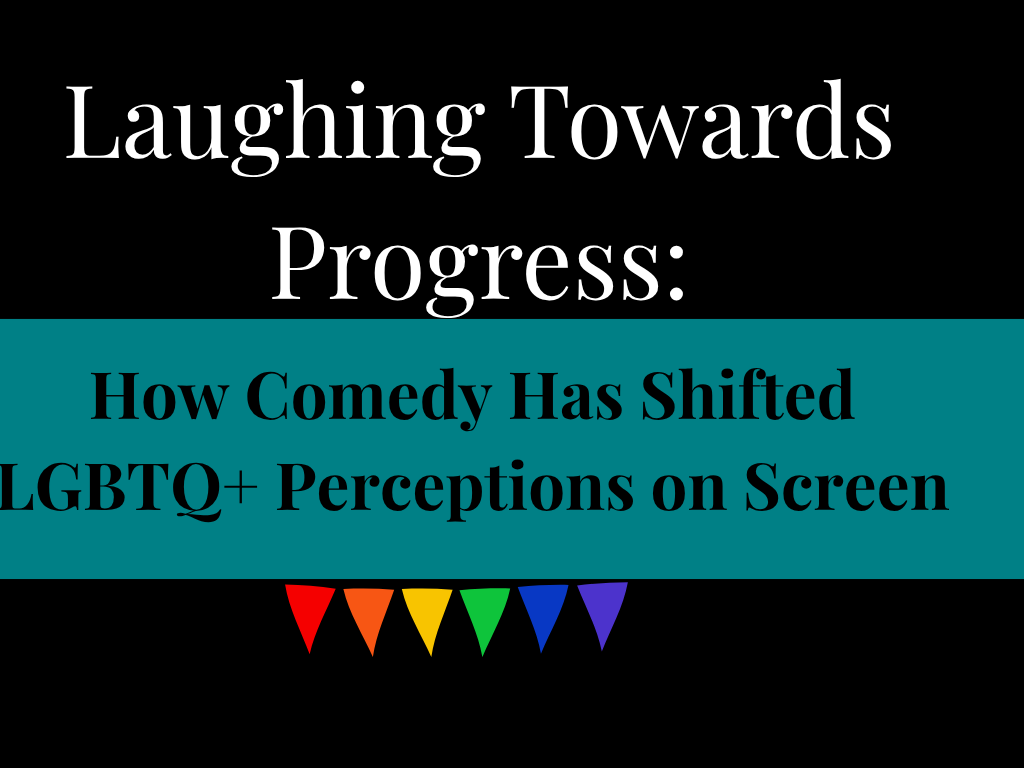What I Learned From Watching a Fifty Year Old Sitcom
Rather listen than read? Here is the audio.
Background
The sitcom in question is The Good Life. It aired on the BBC from 1975 to 1978 and ran for four series, including two specials. It was written by comedy duo John Esmonde and Bob Larbey, who had earlier success with Please Sir. I obviously (hopefully obviously) didn’t watch these when they were first broadcast, but I’ve seen episodes over the years because they get repeated. A lot. Currently, they’re streaming on iPlayer, so I decided to dive back in. You’re welcome in advance for the insights.
Synopsis
Tom Good quits the rat race and, with his wife Barbara, transforms the garden of their suburban Surbiton home into a smallholding. Their neighbours, the snobbish Margo Leadbetter and her conventional husband Jerry, are by turns amused, offended, and impressed (IMDb).
Tom Good
Though often described as a sitcom about two middle-class couples, the stories all revolve around Tom Good, played by Richard Briers. Tom is clever, but also a pompous know-it-all — a forerunner to Basil Fawlty and later, David Brent. He fits the classic sitcom 'monster' mould: lacking the self-awareness to realise just how ridiculous he is.
The Opening Titles
Iconic. Twee. Animated. A bird hops around a flower, which promptly sheds all its petals. That’s the whole thing. There’s probably some nature allegory there, but honestly, it feels more like a screensaver. It was already dated by the 1980s, which is why The Young Ones parodied it — punk character Vyvyan literally puts his foot through the screen.
Irony alert: The Young Ones is now just as dated. Gen Z might not get The Young Ones, but they might just understand The Good Life.
Self-Sufficiency
The show has a surprisingly modern premise. At the grand old age of forty, Tom decides he’s achieved nothing of value and wants out of the capitalist grind. He proposes to Barbara that they become self-sufficient — growing their own food, keeping animals, and generating electricity. No more luxuries like television (only three channels anyway) or new clothes. Barbara takes a beat and then throws herself into it with full support, because love (and probably because she’s got no idea what she is agreeing to).
Barbara
Barbara looks noticeably younger than Tom. It’s never mentioned explicitly, but Felicity Kendal was 29 when the show started. Barbara doesn’t work. She’s a housewife — as is Margo. In the seventies, this was just how it was. I say it’s old-fashioned, but given the current rise in tradwife aesthetics (thanks, patriarchy), maybe it’s making a comeback.
Kendal is brilliant in the role — funny, warm, and completely believable as someone who would love a man like Tom, even though we’re never quite sure why. Both female characters are strong, but it’s clear the show was written by two men.
In one episode, Barbara feels upset because she doesn’t have a nice dress and doesn’t feel "feminine enough." She cries, “I’m a girl.” Barbara is a woman. But sitcoms. Also, her hair is always perfect — even when tied back in her muddy gardening gear — and her fringe is suspiciously immaculate. I don’t buy that Tom’s cutting it himself. She’s also never without makeup, not even after a day spent yanking potatoes out of the ground. Suspension of disbelief, folks — it’s supposed to look fun.
The Good Neighbours
Everybody needs good neighbours. Jerry and Margo are Tom and Barbara’s upper-middle-class neighbours. Jerry’s about Tom’s age and Margo’s in her mid-thirties. Jerry earns £18,000 a year (around £137,737 in today’s money according to the Bank of England) and has a company car. Margo doesn’t work — well, technically. But her real job is entertaining Jerry’s business guests, keeping the home pristine, and planning events. They’re opposites — she’s uptight, he’s relaxed — and they balance each other well.
They’re critical of Tom and Barbara’s lifestyle change but also incredibly supportive. They might grumble about the 6 a.m. noise, but they help when pigs give birth, when storms ruin crops, and when spirits (and actual spirits) need lifting. They even share their good Scotch -Tom and Barbara bring homemade wine that could strip paint. They're genuinely good people - though not the actual Goods.
Did They Really...?
Yes, there’s flirtation. Between the couples. And it’s not subtle. Jerry openly fancies Barbara; Tom has a thing for Margo. There are glances. There are bum slaps. But they’re middle-class, so it’s fine (?). Honestly, it probably is realistic.
It’s Not Realistic (And That’s Okay)
Let’s be real - they couldn’t actually sustain that lifestyle. Tom claims the house is paid off (in Surrey at 40) - maybe there’s family money, but it’s never mentioned. They dive into self-sufficiency with no experience beyond a few books and a night class. No YouTube tutorials. Could they really grow and sell enough on a slightly-larger-than-average suburban plot? Also, no one in the neighbourhood complains about livestock or garden-digging? Sure.
But realism would ruin the charm. The show isn’t about plausibility. It’s about possibility.
Silly, But It’s Fun
At its peak, The Good Life pulled in over 16 million viewers. The 1977 Christmas special was watched by 22 million. The final episode was by royal appointment. It was recorded in front of The Queen and Prince Philip. That actual footage was included in the episode.
Paul Eddington later claimed he didn’t want to bow to the Queen, though he did let Margaret Thatcher visit the set of Yes, Prime Minister - so go figure.
The cast all went on to more success - Eddington as mentioned above, Keith (To the Manor Born), Kendal (Solo), and Briers (Ever Decreasing Circles). This was a big show. And it still is — because it’s still being repeated. Constantly.
So Why Has It Lasted?
Because it’s simple. That’s the charm. It’s mostly shot in two sets. The characters pop into each other’s homes like it’s a revolving door. There’s no need to remember complicated story arcs. Each episode can stand alone. The wordplay’s clever, the cast is great, and — aside from a few dated moments — it holds up.
Language Has Changed
Tom calls Barbara a "b*tch" in an early scene — not angrily, just mockingly. He uses the word a few times. At the time, it wasn’t considered a swear word. Today, that wouldn't fly. I don’t consider it a swear word myself. Unfortunately, the world doesn’t orbit my definitions. (But it should. We’d all be much happier.)
Women’s Roles
Barbara and Margo don’t work, and no one questions it. That was the norm. A middle-class woman married, then quit her job. Today, Barbara would probably tell Tom to shove his self-sufficient fantasy somewhere organic.
Even Richard Briers later admitted he didn’t like Tom - saying he bullied Barbara.
The Male Gaze
Both women are primarily there to be admired. Tom openly leers at Barbara’s friend during a dinner party. His eyes go full cartoon. Barbara notices, but says nothing. Jerry takes him aside and tells him he’s a fool. Tom buys Barbara a dress, and all is forgiven.
Charming.
No Kids, No Problem
They don’t have children. It’s never explained, and that’s okay. In a modern show, there’d be a backstory, some fertility subplot, maybe a tearful monologue. Here? Barbara once jokes she’s “expecting,” and Tom panics - but she means the pig.
Keep it simple. It's none of our business.
Why Sitcoms Work
Fifty years later, The Good Life still has an audience — some of whom weren’t even born during the original run. It’s still shown on iPlayer, and the Christmas special airs annually.
Yes, audiences are more sophisticated now. But sitcoms don’t have to be clever to work. They have to be comforting. You can check your emails and still follow the plot. Miss a joke? Another’s coming. Done right, sitcoms endure.
It’s about time we made more.
(Hint hint.)
Drop any comments you have in the form below
Thank you!










